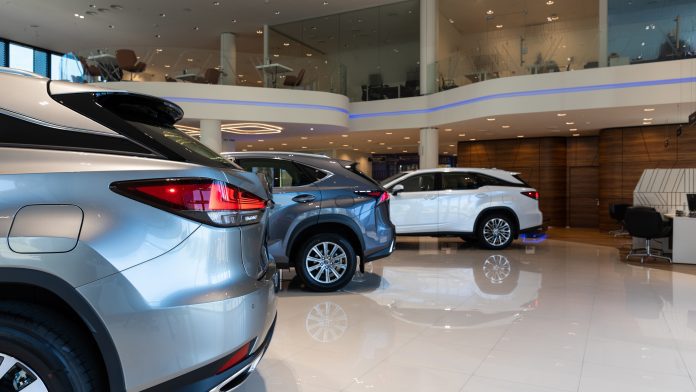As of July 1, 2025, U.S. dealer lots held 2.83 million new vehicles, up 14.5% from June but still 1.4% below year-ago levels, according to Cox Automotive. Days’ supply climbed to 82 days, reflecting a growing gap between inventory and consumer demand. Despite ongoing tariff discussions, average new-vehicle listing prices held steady at $48,749, with minimal impact from trade policy so far. Automakers remain cautious on price hikes as shoppers await clarity, and next-model-year vehicles are gradually entering the market with varied strategies across brands.
Here’s why it matters:
For auto dealers, the current market signals an inflection point. Inventory levels are building across nearly all manufacturers, but consumer demand is not rising in step, leading to a significant jump in days’ supply. This growing disconnect puts pressure on pricing strategies, floor planning and showroom turnover. Dealers must navigate carefully, especially as 2026 models begin arriving, balancing incentives, aging stock and consumer price sensitivity. While tariffs remain a looming concern, the short-term impact has been minimal, giving dealers a window of time to adapt their sales and inventory management strategies.
Key takeaways:
- Inventory climbs but sales lag
U.S. dealers entered July with 2.83 million new vehicles in stock, up sharply from June’s 2.47 million. However, sales growth has not matched the increase, leading to an 82-day supply, which is 12 days higher than the prior month. - Tariff impact still limited
Despite headlines, tariffs have not significantly raised MSRPs. Automakers are holding prices steady due to soft demand and policy uncertainty. Imports of affordable models from South Korea and Mexico continue largely unaffected. - Next-model-year stock rising slowly
Model year 2026 vehicles now make up just over 7% of inventory, up 95% month over month, but still 21% below last year. BMW has aggressively stocked new models, while Audi and Mercedes-Benz have limited 2026 units, likely to manage tariff exposure. - Prices stay flat despite market pressures
The average new-vehicle listing price dipped slightly to $48,749. Compared to June 2024, prices are up 3.1%, but June’s month-over-month decline was a modest $84. Average transaction prices remain near $48,900, with incentives largely unchanged at 6.9% of ATP. - Incentives and consumer patience keep market steady
Shoppers have yet to see large pricing swings, and incentives remain stable. With tariff decisions delayed and 2026 models trickling in, the market is likely to stay balanced but sensitive heading into the fourth quarter.



